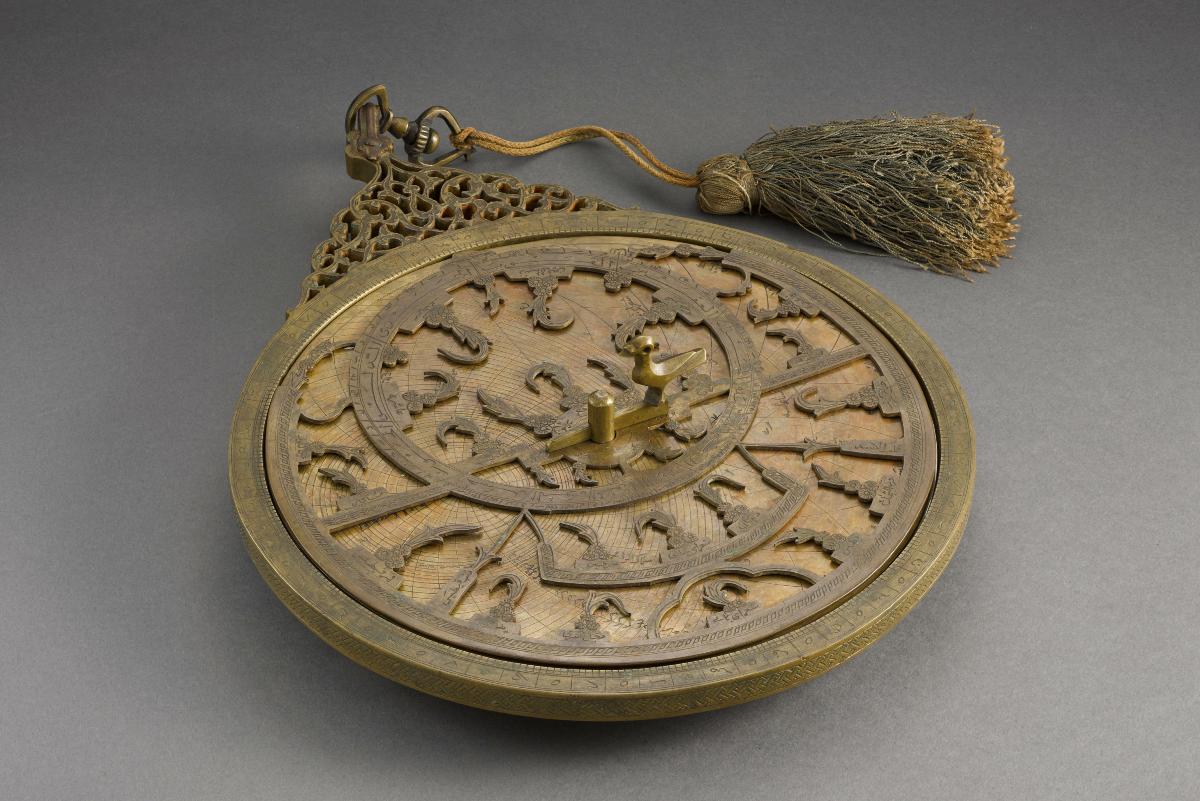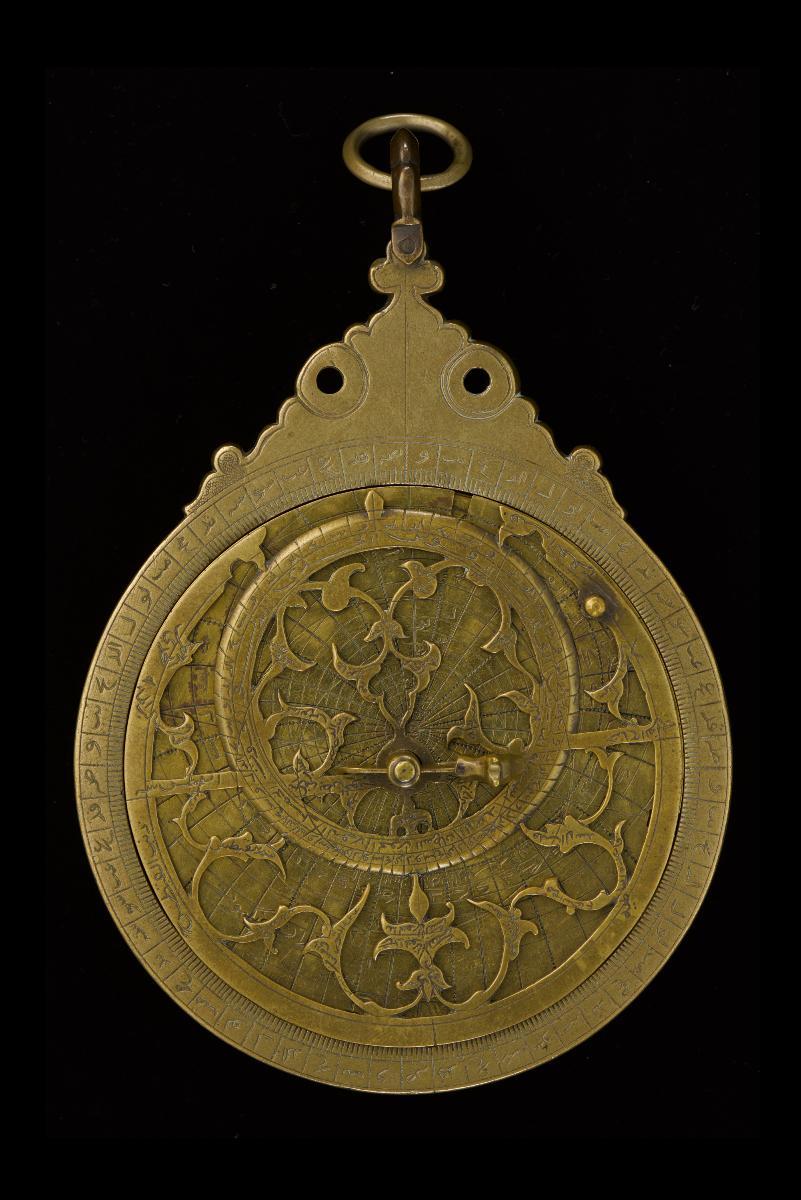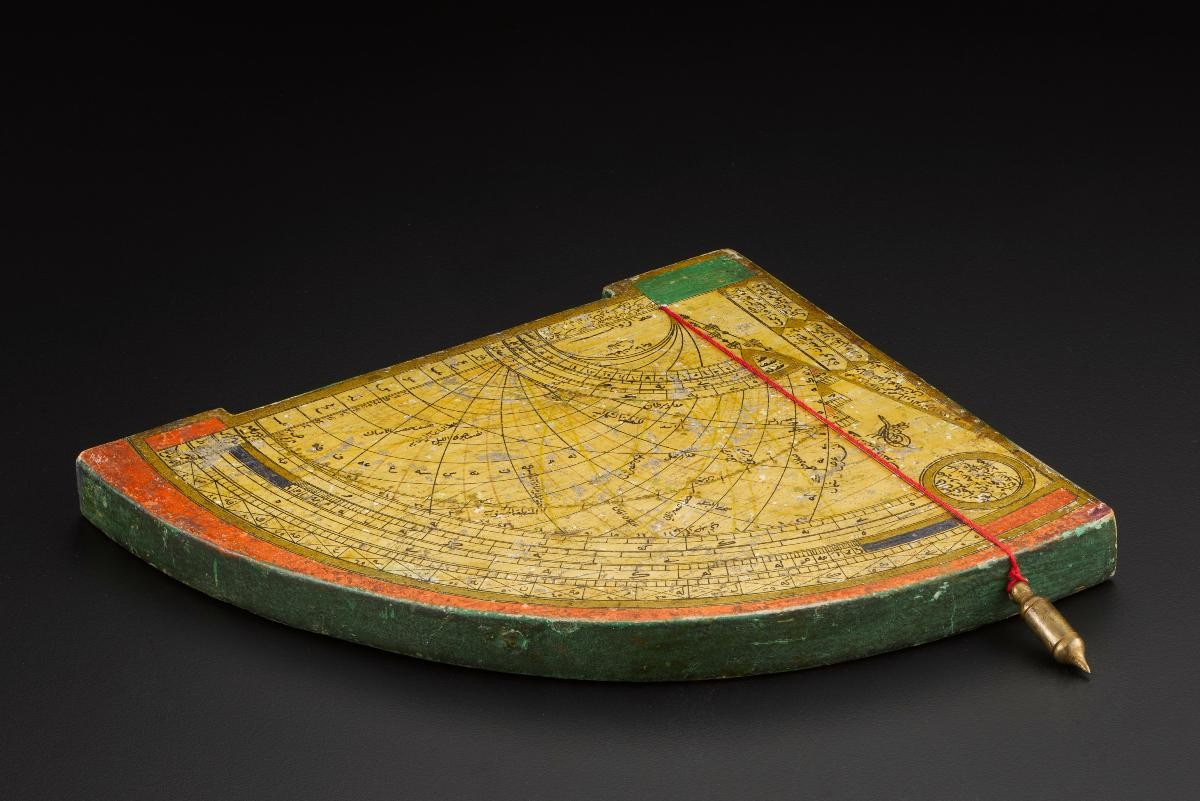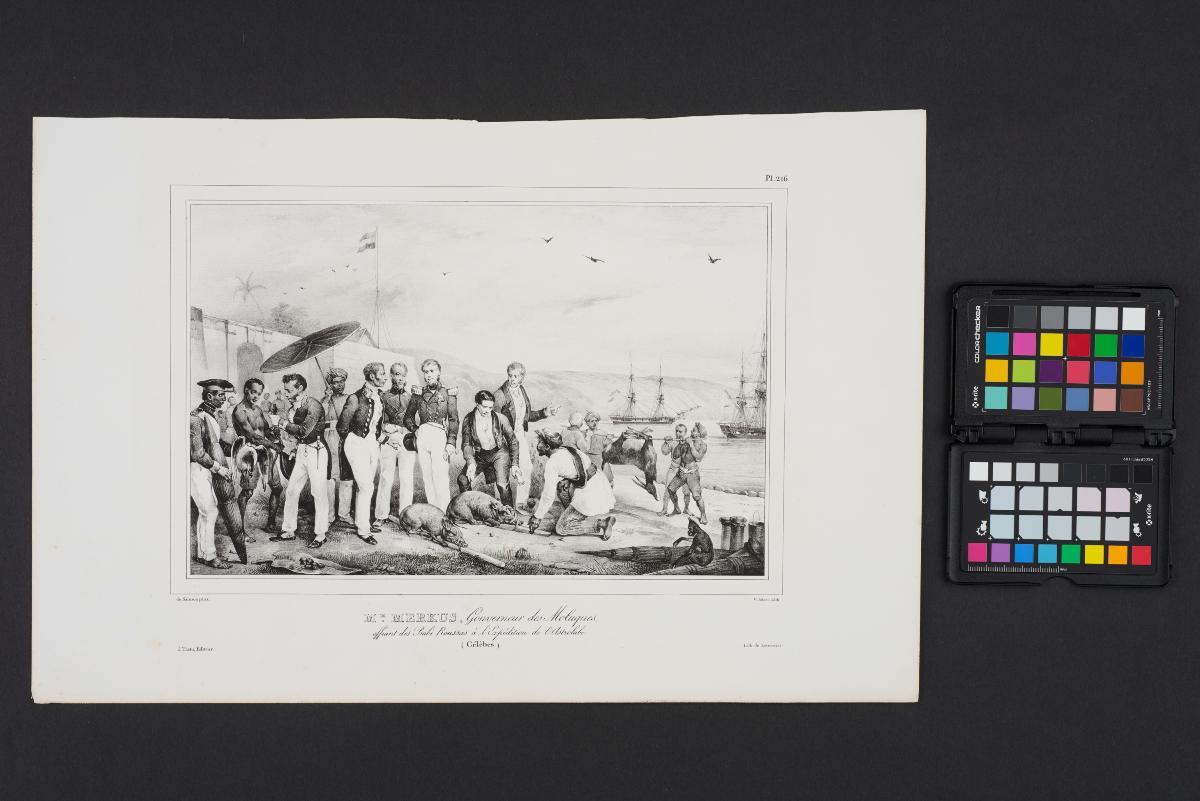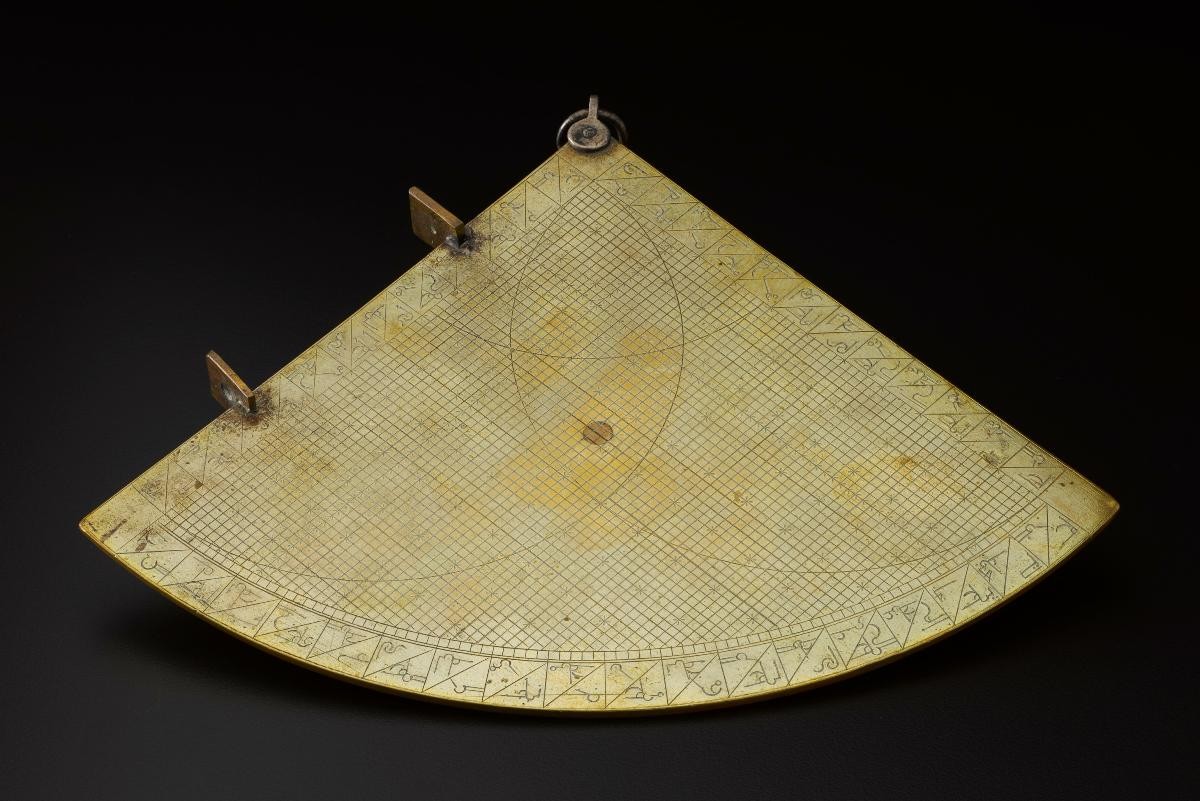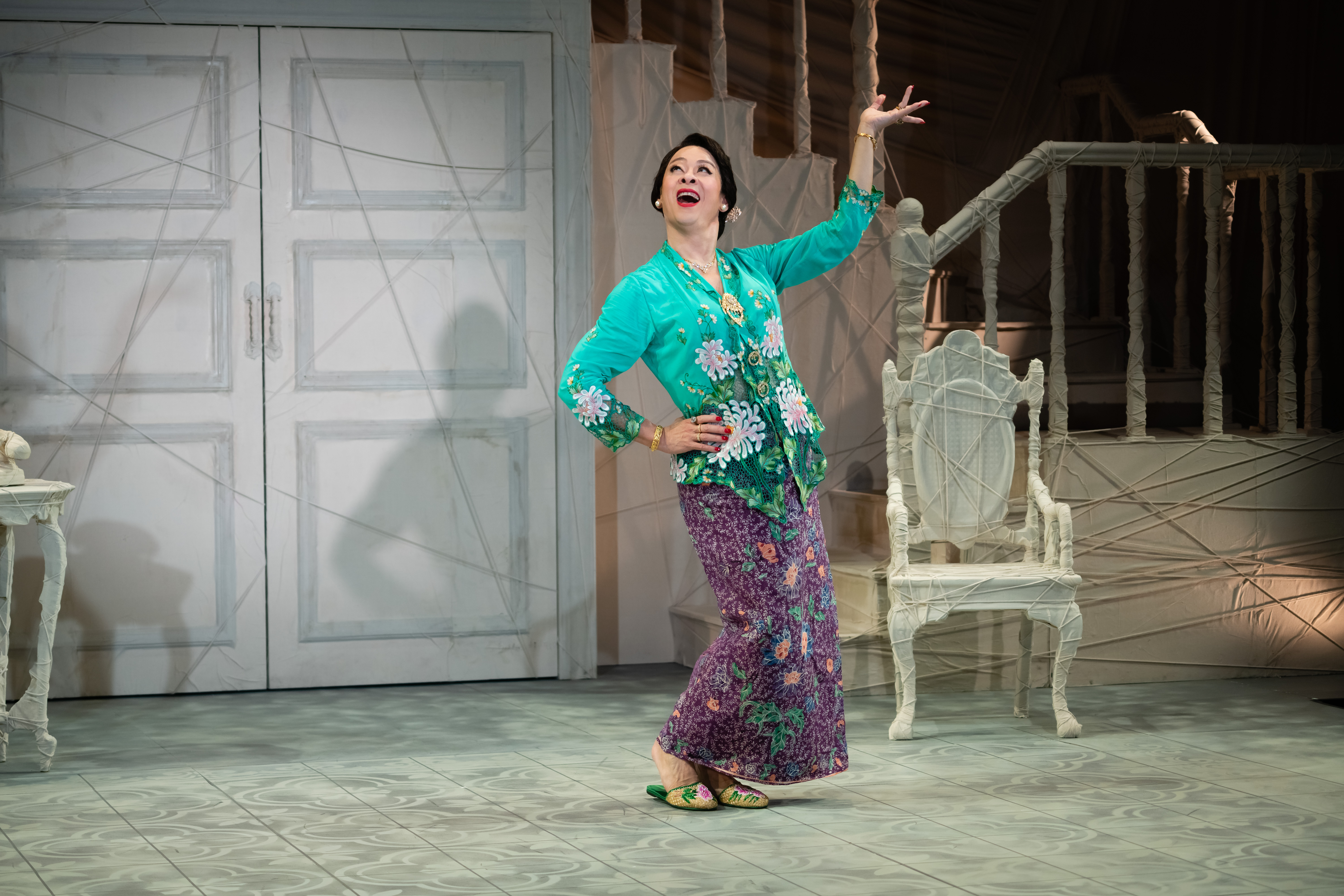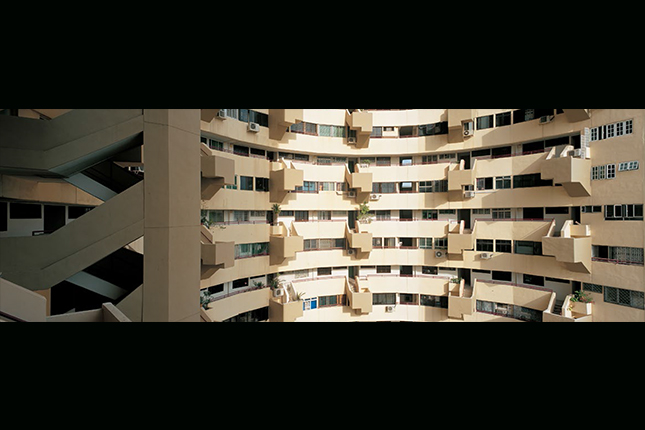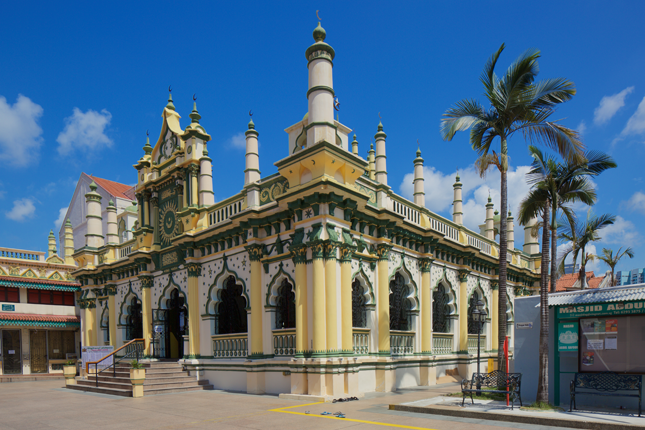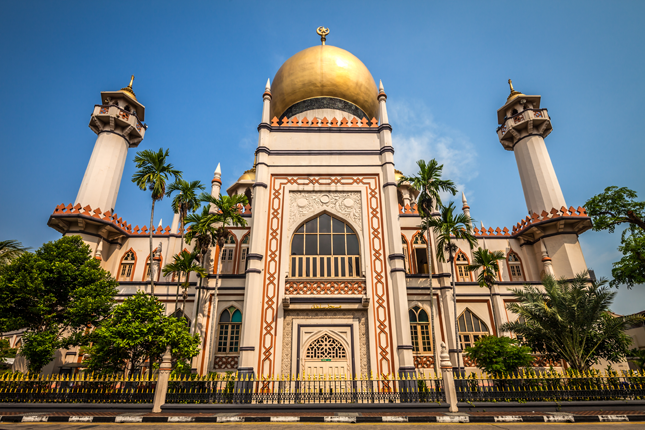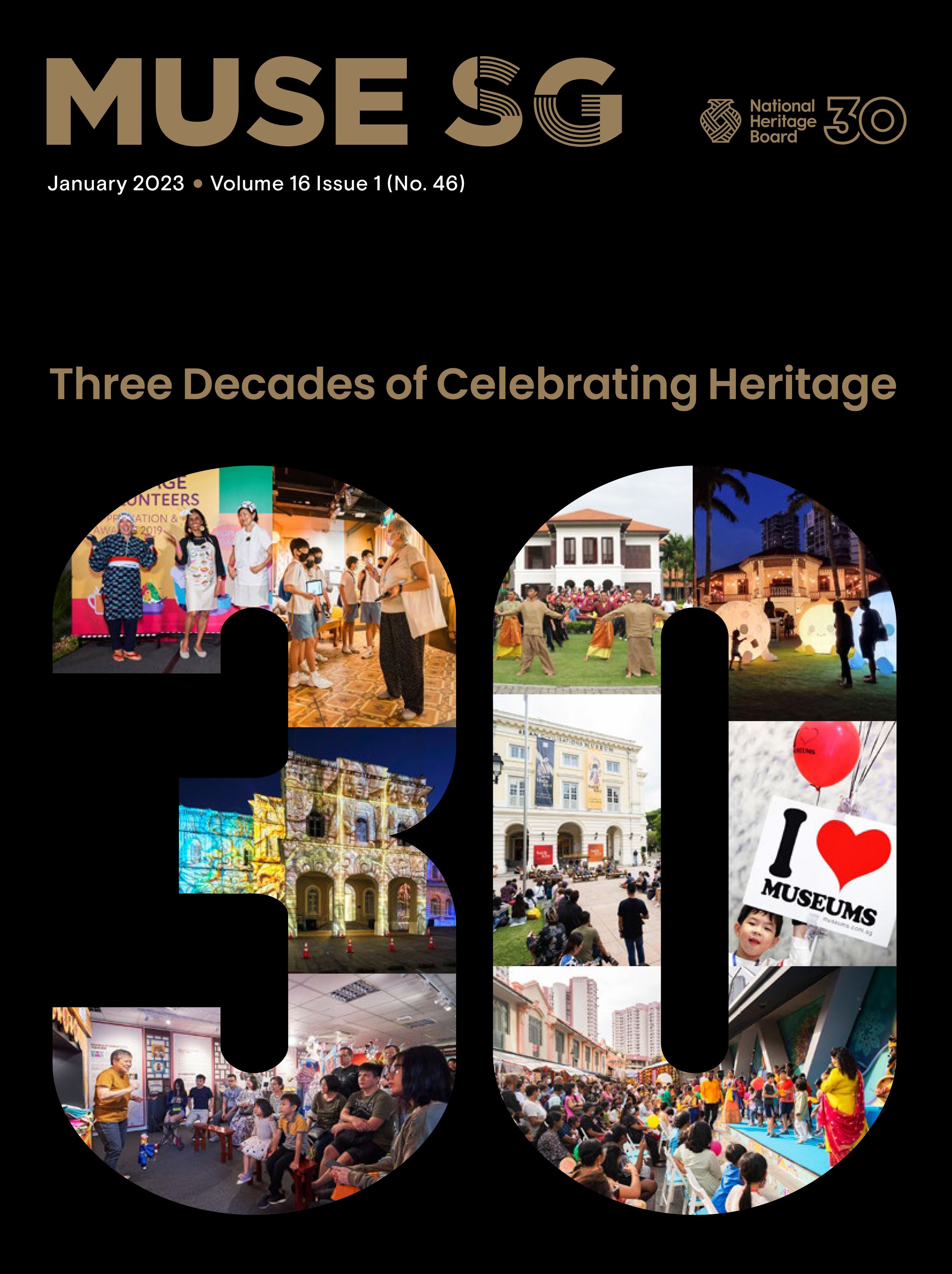x W: 58.6 cm,
x D: 24.5 cm
The top of this brass astrolabe features pierced work decorated with interlacing arabesques. On the borders are named cities. On the reverse is the shadow square and the quadrant scales. The rete is cut and decorated with the positions of 32 stars. The Muslims mainly use the astrolabe for navigation, to locate the direction of Mecca for prayers and for astrological studies. They were traditionally encouraged by the Qur’an to navigate using the stars for guidance. Thus the astrolabe is seen as a signficant instrument:“It is He that has created for you the stars, so that they may guide you in the darkness of land and sea. We have made plain Our revelations to men of knowledge.” (Surah al Anam, 6:97)Islam places an important emphasis on the search for knowledge. The Arabic translations of Greek, Persian and Indian works on medicine, astronomy, philosophy and mathematics date back to as early as the 8th century. As such, Islamic scholars had collected, synthesised and significantly advanced the knowledge of these other cultures.




